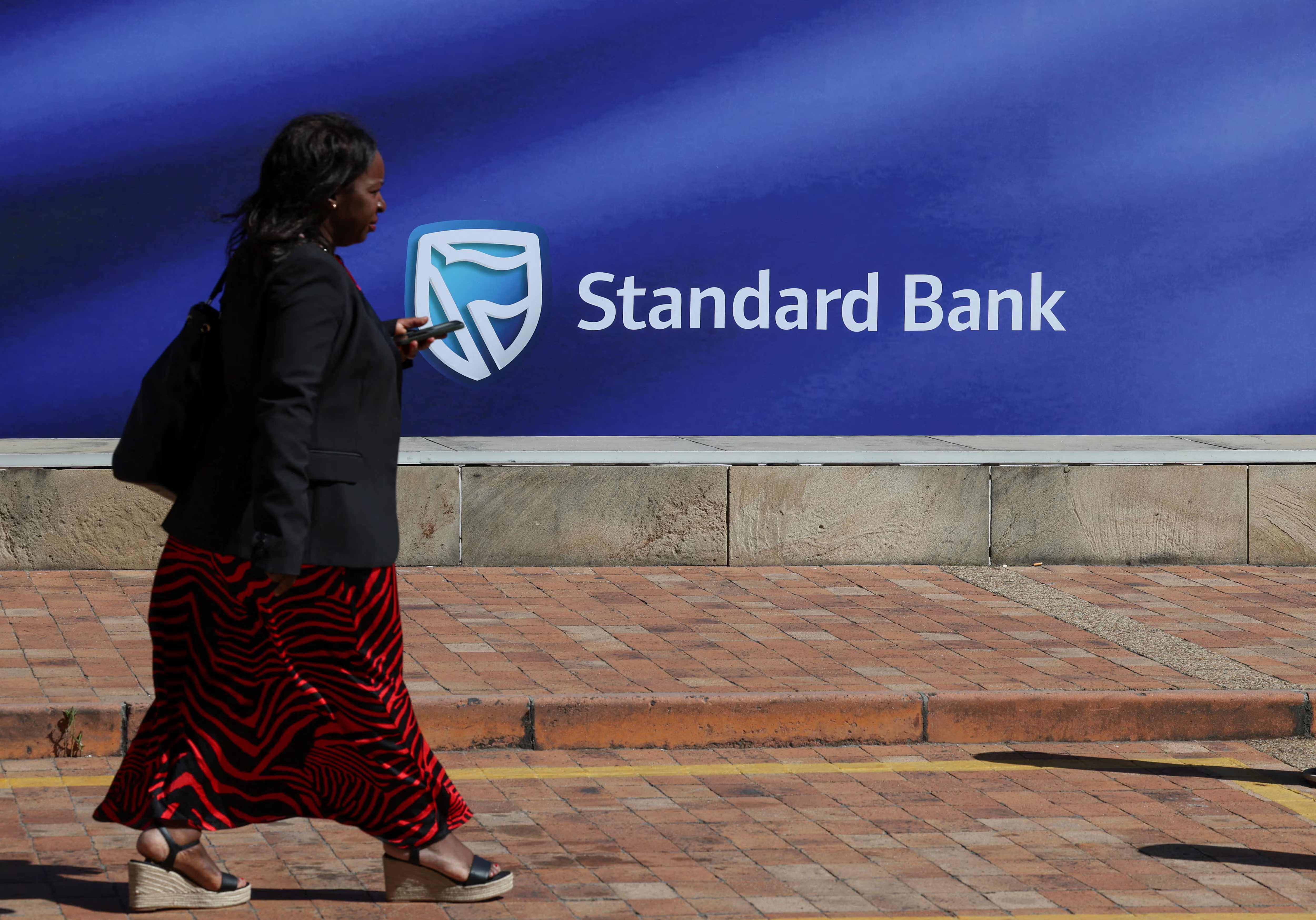
Standard Bank Group, Africa’s largest lender by assets, has hiked its sustainable finance targets by 80 percent to R450 billion in the next three years as part of a broader effort to help decarbonise the continent’s economies while mitigating the impact of climate change.
The target will be reached by 2028 and builds on the R177 billion achieved since 2022 and R74.3 billion financed last year, Johannesburg-based Standard Bank said in a statement. It had initially targeted raising R250 billion by 2026.
‘’The revised targets emphasise Standard Bank’s commitment to leading energy and infrastructure development on the continent,’’ the bank said. ‘’Standard Bank’s purpose is to drive Africa’s growth by ensuring that its business activities address the continent’s challenges and deliver improved prosperity for its people.’’
Africa has been affected the most by the change in climate even though it contributes the least in greenhouse gases that scientists blame for the shifts in temperatures and weather patterns afflicting the globe. The African Development Bank estimates the continent needs $2.7 trillion in financing by 2030 to reach its climate change goals.
So far, only South Africa and Senegal have approved just energy transition programmes, with the South African programme taking a hit with the United States’ withdrawal of $1.5 billion from country’s $8.5 billion programme.
Standard Bank said its programme on the continent is focussed on driving financial health and inclusion, business growth and job creation, climate change mitigation and adaptation, and infrastructure development. It said it will continue to finance new oil and gas projects with environmental and social safeguards. ‘’This balanced approach includes limiting upstream oil and gas exposure to less than 30% of the energy portfolio and less than 3% of the bank’s total loans and advances, with a goal of reducing the physical intensity of the portfolio by 10% by 2030,’’ it said.

